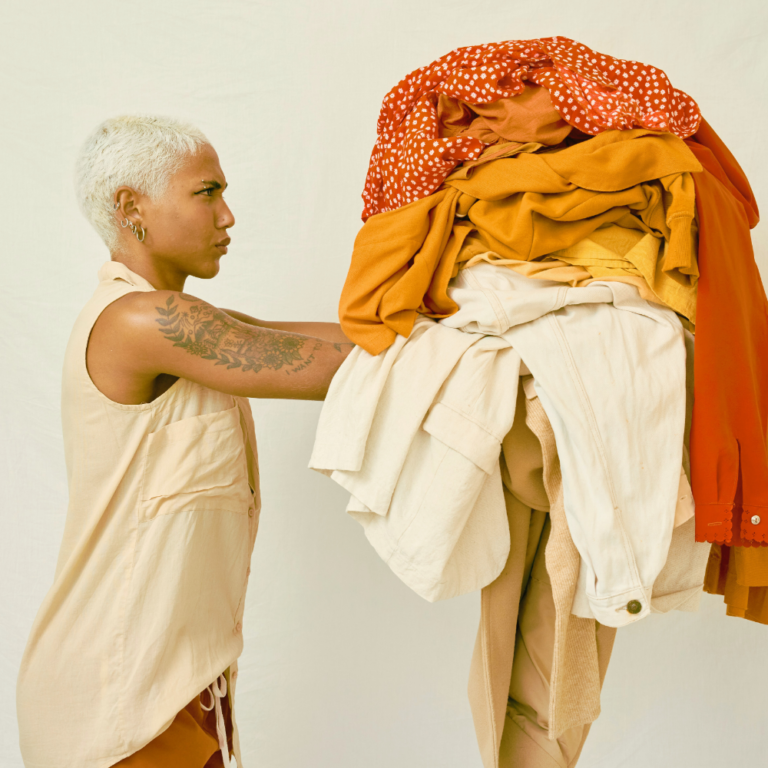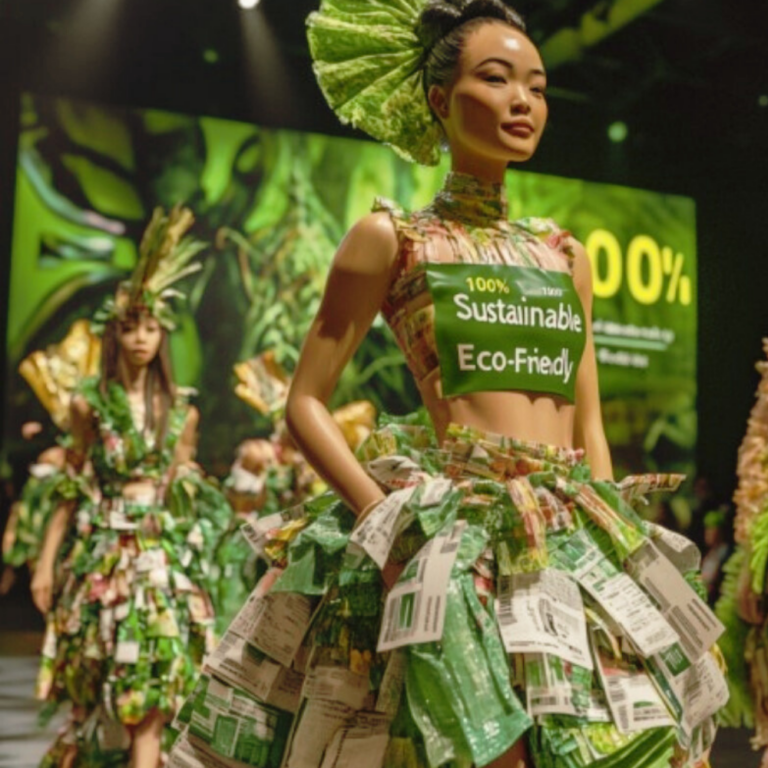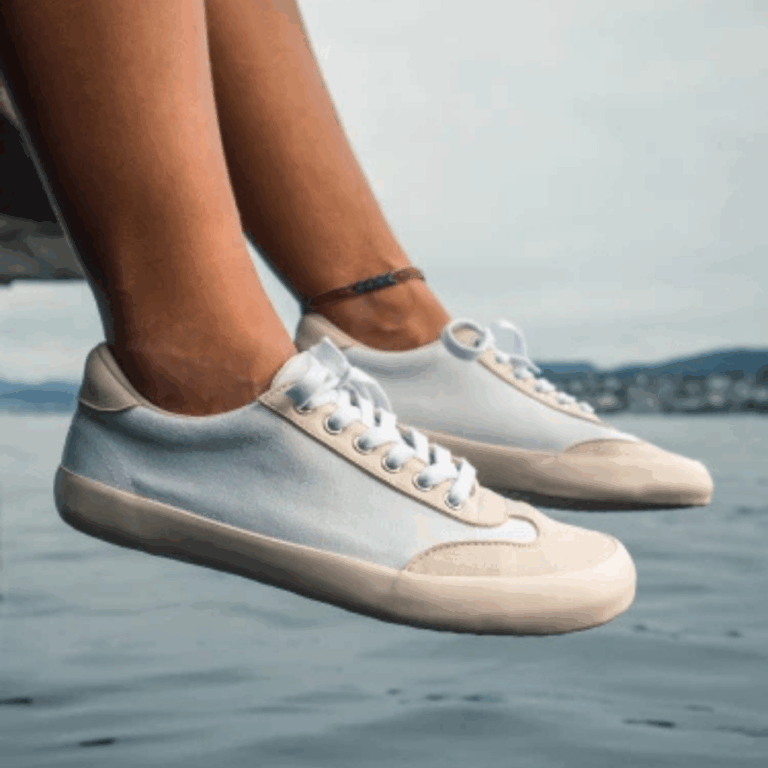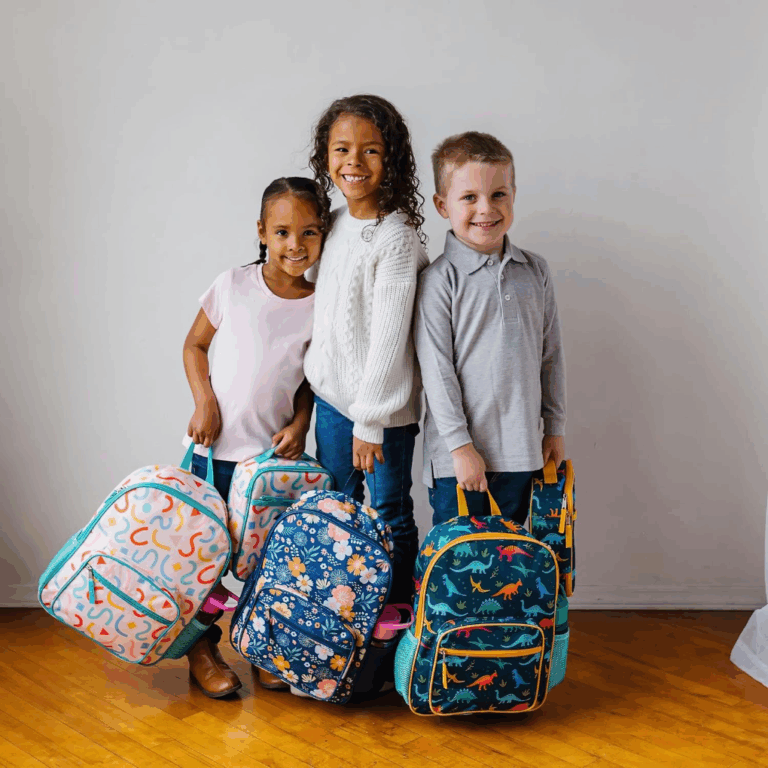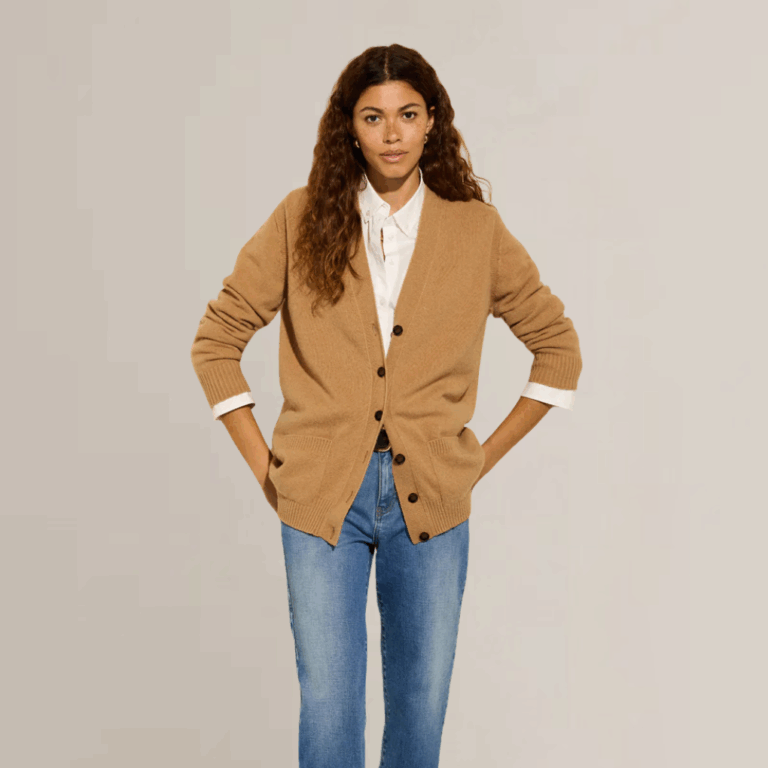
Most fashion movements seem impractical when you think about it, but slow fashion is different – it’s built around making more informed choices.
Instead of chasing every new trend or stuffing your closet with clothes you’ll forget about in a month, slow fashion is about being more intentional with what you buy. We’re prioritizing quality pieces that’ll last, buying less overall, and choosing items that are designed to stand the test of time, not just seasons.
Whether you’re someone who loves fashion or you’re more of a “clothes are just clothes” person, slow fashion makes sense for pretty much everyone. It’s asking us to flip the script on how we think about shopping – instead of constantly buying, we focus on buying better.
The whole idea is simple: a few pieces you genuinely love and will wear repeatedly beats a packed closet full of stuff that falls apart after a few washes. It’s about getting more value from what we already own and being pickier about what we bring home in the first place.
This approach makes more sense when you think about it; you end up with clothes that fit your lifestyle, last longer, and, honestly, often look better, too. Plus, you’re not constantly dealing with the stress of a messy, overstuffed wardrobe or the guilt of unworn purchases hanging in your closet.
Origins and Evolution of the Movement
The slow fashion movement emerged as a direct response to the environmental and social impacts of the fast fashion industry. What started as scattered concerns has evolved into a powerful counter-narrative challenging how we produce and consume clothing.
The Birth of Slow Fashion
The term “slow fashion” was coined in 2007 by Kate Fletcher, a sustainability design consultant at the Centre for Sustainable Fashion. Drawing inspiration from the slow food movement, Fletcher envisioned a fashion system that prioritized quality over quantity, local production over global supply chains, and mindful consumption over impulsive buying.
Fletcher’s concept wasn’t just about slowing down production—it was about fundamentally reimagining the relationship between makers, garments, and wearers.
The Fast Fashion Catalyst
The movement gained momentum as fast fashion gained popularity in the 2000s. Brands like Zara, H&M, and later Shein revolutionized the industry by dramatically reducing production cycles and slashing prices, but at the expense of enormous environmental and human costs.
The 2013 Rana Plaza collapse in Bangladesh, which killed over 1,100 garment workers, became a watershed moment that exposed the deadly consequences of prioritizing speed and low costs over worker safety.
Digital Age Growth
Social media and digital activism in the 2010s gave the slow fashion movement unprecedented reach. Fashion Revolution, founded in the aftermath of the Rana Plaza disaster, mobilized millions to ask brands, “Who made my clothes?” Documentaries like “The True Cost” brought the industry’s hidden impacts to mainstream audiences.
The Pandemic Acceleration
COVID-19 marked another evolutionary leap. As lockdowns forced people to reassess consumption habits, many discovered they could live with far fewer clothes. This period saw explosive growth in secondhand shopping, DIY fashion, and clothing swaps, particularly among Gen Z consumers.
Today’s Movement
The slow fashion movement has evolved beyond individual consumer choices to encompass systemic change. Advocates now focus on policy reform, circular economy principles, and addressing the industry’s role in perpetuating global inequality. It’s no longer just about buying less, it’s about creating a more just and sustainable fashion ecosystem.
What is Slow Fashion?
At its core, the slow fashion movement is about stepping away from the breakneck pace of fast fashion. Instead of buying clothes that are mass-produced, low-quality, and often disposable, slow fashion encourages us to choose thoughtfully: invest in fewer, better-made pieces and appreciate the craftsmanship behind what we wear.
Slow fashion isn’t about abandoning style; it’s about creating a wardrobe that lasts both in terms of durability and timeless appeal. Picture it as the fashion equivalent of a home-cooked meal: lovingly crafted, nourishing, and so much more satisfying than takeout.
A fun fact? The term “slow fashion” was inspired by the slow food movement, which emphasizes local, sustainable, and mindful eating. Just like that, philosophy transformed how we think about food; slow fashion is transforming the way we think about clothes. Brands like Patagonia and Eileen Fisher have been pioneers in this space, proving that ethical and sustainable fashion isn’t just possible, it’s the future.
Book Suggestion: Let My People Go Surfing by Yvon Chouinard, founder of Patagonia, is a blend of memoir, business philosophy, and environmental manifesto. Chouinard emphasizes the idea of running a business as a force for good rather than solely for profit.
The book emphasizes the importance of businesses adopting eco-conscious practices, encompassing sustainable sourcing and waste reduction. Patagonia’s pioneering efforts, like adopting organic cotton and recycling materials, underscore this commitment.
Why Does Slow Fashion Matter?
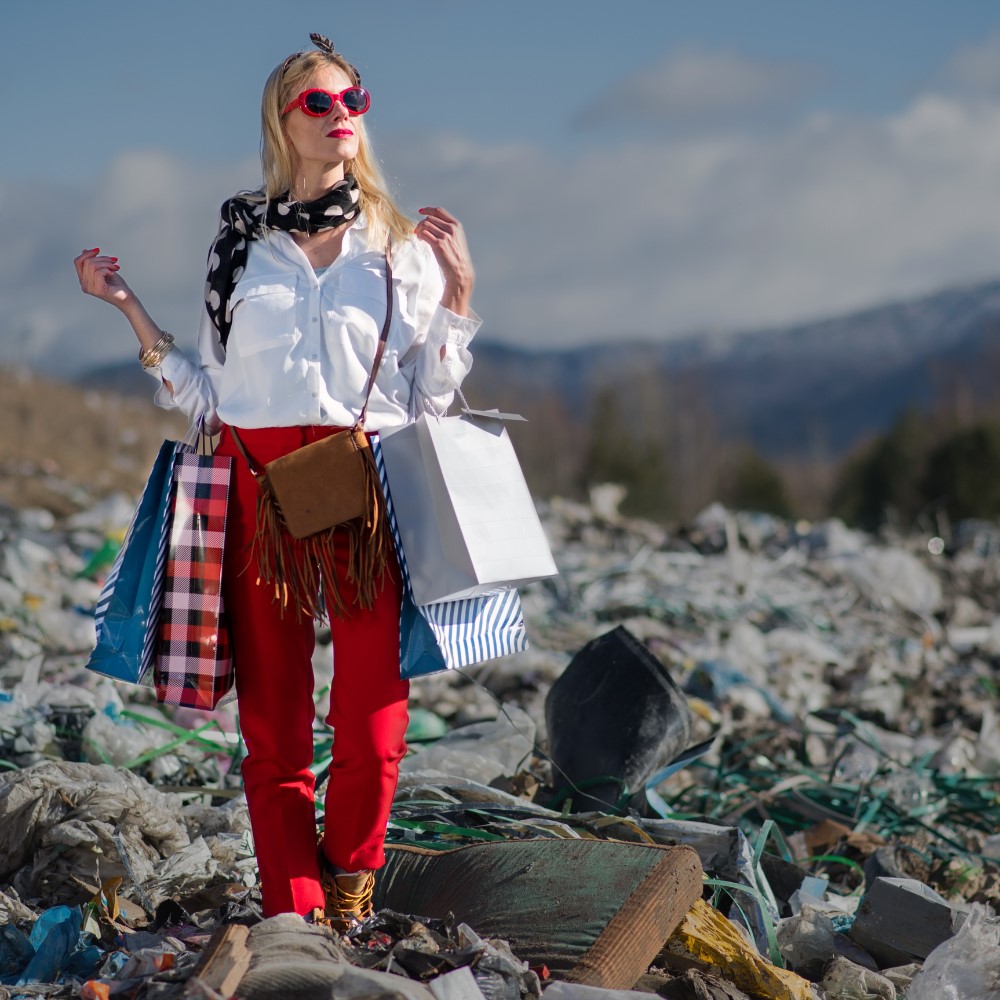
Environmental Impact
The environmental toll of fast fashion is staggering: mountains of textile waste, skyrocketing carbon emissions, and the depletion of precious resources like water. But here’s where slow fashion changes the narrative.
By focusing on durability and timeless design, slow fashion reduces the demand for disposable clothing. Choosing high-quality, sustainably produced fabrics means less waste in landfills and fewer harmful fibers polluting our waterways. Supporting slow fashion brands also encourages more ethical practices, from conserving resources to reducing emissions across the supply chain.
Human Cost
Fast fashion doesn’t just come at an environmental price, it also exploits human labor. Many fast fashion brands rely on supply chains plagued by unsafe working conditions, poverty wages, and exploitative practices. Factories in some developing countries are overcrowded and poorly ventilated, exposing workers to harmful chemicals and dangerous machinery without proper safeguards.
Slow fashion, on the other hand, centers on ethical practices that uplift workers rather than exploit them. For example, Mata Traders, a slow fashion brand, partners with fair trade cooperatives in India and Nepal. These cooperatives provide fair wages, safe working conditions, and opportunities for women to gain financial independence and leadership roles in their communities.
Supporting slow fashion isn’t just about choosing better clothes it’s about advocating for the dignity and well-being of the people who make them. When we invest in slow fashion, we’re helping create a future where ethical labor practices are the norm, not the exception.
Personal Benefits
Beyond the environmental and ethical arguments, slow fashion offers a more personal kind of fulfillment. In a world of disposable trends, it encourages us to cultivate a deeper connection with what we wear. Instead of mindlessly buying into fleeting styles, we can invest in pieces that truly resonate with us, clothing that fits well, lasts longer, and aligns with our values.
There’s also something liberating about owning fewer, better items. A thoughtfully curated wardrobe can simplify daily decisions, save money in the long run, and reduce the stress of constantly keeping up with trends. With slow fashion, your closet isn’t just a collection of clothes; it’s a reflection of your choices and values.
Why Is Fast Fashion So Controversial?
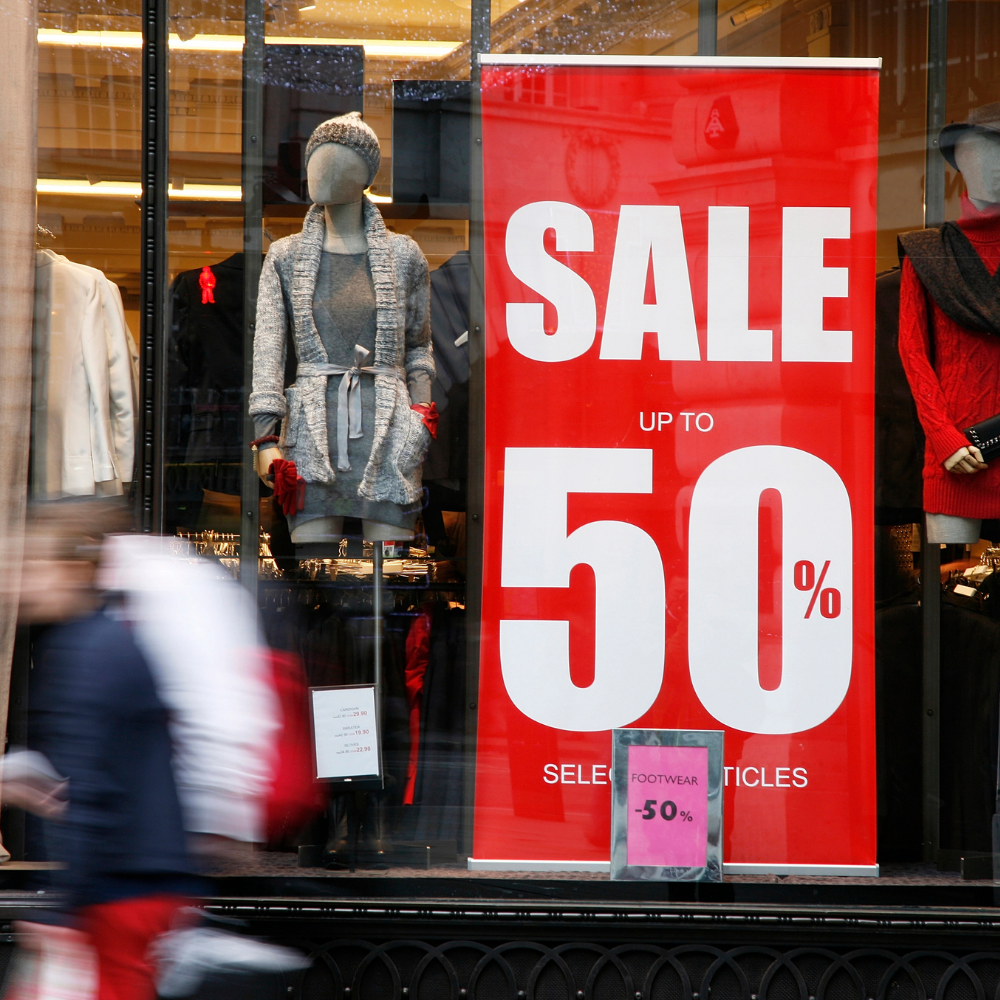
Fast fashion has become the go-to choice for many shoppers, offering trendy clothes at affordable prices. But behind the flashy storefronts and constant sales lies a darker reality that harms both people and the planet. Here’s why fast fashion should be left behind:
Environmental Damage
Fast fashion is a major contributor to textile waste and pollution. The rapid production cycles mean clothes are designed to be disposable, with low-quality materials that don’t last.
Every year, 92 million tons of textile waste are produced.1 the Ellen MacArthur Foundation reports that one garbage truck of textiles is landfilled or incinerated every second. That’s about 31.5 million trucks per year, which aligns more closely with the 92 million tons figure. This staggering figure highlights the significant environmental impact of textile waste generated by the fashion industry. Additionally, the industry is responsible for a significant portion of global carbon emissions, with clothing production alone accounting for nearly 10% of all greenhouse gas emissions.2
Exploitation of Workers
The human cost of fast fashion is enormous. Many of the world’s cheap clothing brands rely on sweatshop labor in developing countries where workers often face unsafe working conditions, long hours, and wages that barely cover basic living expenses. Some workers are paid as little as a few dollars a day to make clothes that sell for hundreds of times that amount in Western markets.
Factories in some developing countries are often overcrowded and poorly ventilated, exposing workers to harmful chemicals and dangerous machinery without proper safety measures. Tragedies like the 2013 Rana Plaza collapse, which killed over 1,100 garment workers in Bangladesh, serve as devastating reminders of the human cost of fast fashion.
Depletion of Natural Resources
Fast fashion’s obsession with cheap, mass-produced clothing requires vast amounts of natural resources. Cotton, one of the most commonly used fabrics, is a major water guzzler, taking about 2,700 liters of water to produce just one T-shirt.3 Add to that the harmful pesticides used in conventional cotton farming, and you have an unsustainable cycle that depletes resources and harms ecosystems.
Poor Quality and Short Lifespan
Fast fashion is built on the idea of “wear once, throw away.” Clothes are made quickly and cheaply, often with low-quality materials and manufacturing processes. As a result, these garments don’t last long and can easily fall apart after just a few wears. This leads to more waste as items are discarded in favor of the next trendy piece.
Encouraging Overconsumption
The constant churn of new collections and sales events encourages shoppers to buy more than they need, creating a culture of overconsumption. Instead of investing in timeless, durable pieces, people are lured into buying cheap, trendy items that rarely make it beyond one season. This culture of excess not only burdens the environment but also leads to financial waste as people replace clothes more often.
Related Article: The Power of Conscious Fashion: How to Make Better Clothing Choices
Update Your Closet the Slow Fashion Way

When it comes to refreshing your wardrobe, the slow fashion movement has a lot to offer and it doesn’t have to involve buying brand new clothes. Instead of contributing to the endless cycle of fast fashion, why not swap, share, or rent?
These sustainable alternatives help reduce waste and breathe new life into your closet, all while saving you money. With a growing number of platforms and local options, it’s easier than ever to give your wardrobe a fresh update without the guilt. Let’s look at a few creative ways to embrace the slow fashion movement and keep your wardrobe feeling new and exciting.
Swap It, Share It
Why buy new when you can swap, share, or rent? The world of clothing swaps has never been more accessible or fun. There are several marketplaces that make it easy to refresh your wardrobe sustainably without spending a penny. Here are a couple of cool options:
SwappCycle
This peer-to-peer marketplace app is all about swapping pre-loved fashion. Whether you’re looking to trade your old clothes for something new or find a unique piece to spice up your closet, SwappCycle lets you do it in a simple, fun, and sustainable way. It’s a perfect way to stay trendy while reducing waste!
SHARE
Think of SHARE as a community closet. Using a point-based system, you upload your items to earn points, which you can then use to get new-to-you clothes from others in the SHARE community. It’s hassle-free, budget-friendly, and a great way to find high-quality items while supporting a circular fashion model.
Rent the Runway
Renting isn’t just for fancy dresses anymore. Rent the Runway offers an extensive collection of designer dresses, accessories, and everyday wear, which you can rent for a fraction of the price. It’s a great solution for special events, work attire, or simply refreshing your wardrobe without committing to ownership.
Local Options
If you prefer shopping in person, many cities have local stores or events where you can swap or trade clothes. For example, Buffalo Exchange in Seattle is a popular spot where you can buy, sell, and trade clothing and accessories. It’s a great way to find pre-loved treasures while reducing waste at the same time.
Spotlight on Statistics
- Textile Waste: Each year, over 34 billion pounds of textiles are thrown away in the United States, translating to more than 100 pounds of waste per person.4
- Landfill Impact: Once textiles are discarded, 66% are sent to landfills in the U.S., where they decompose.5 Depending on the fabric, this could take up to 200 years, like polyester.
- Environmental Pollution: The fashion industry accounts for about 10% of global carbon emissions and is the second-largest consumer of the world’s water resources.6
This Was About the Slow Fashion Movement
Embracing slow fashion doesn’t mean sacrificing style or convenience. Next time you’re tempted to buy something new, take a moment to explore alternatives. By choosing slow fashion, you’re investing in a wardrobe that’s as kind to the planet as it is to your style. It’s a small shift with a big impact, and it’s one worth making.
Have you ever tried a clothing swapping or renting service? If so, which company did you use, and how was your experience?
References
- The Roundup. (n.d.). Textile Waste Statistics. Retrieved from 17 Most Worrying Textile Waste Statistics & Facts [2025] ↩︎
- The Carbon Literacy Project. (2021). Fast Fashion’s Carbon Footprint. Retrieved from Fast Fashion’s Carbon Footprint ↩︎
- The Conscious Challenge. (2019, May 15). Water & Clothing. Retrieved from Water & Clothing — The Conscious Challenge ↩︎
- Boston University. “The Aftermath of Fast Fashion: How Discarded Clothes Impact Public Health and the Environment.” Retrieved from bu.edu ↩︎
- Boston University. “The Aftermath of Fast Fashion: How Discarded Clothes Impact Public Health and the Environment.” Retrieved from bu.edu ↩︎
- World Economic Forum. “Is fashion bad for the environment?” Retrieved from weforum.org
↩︎

